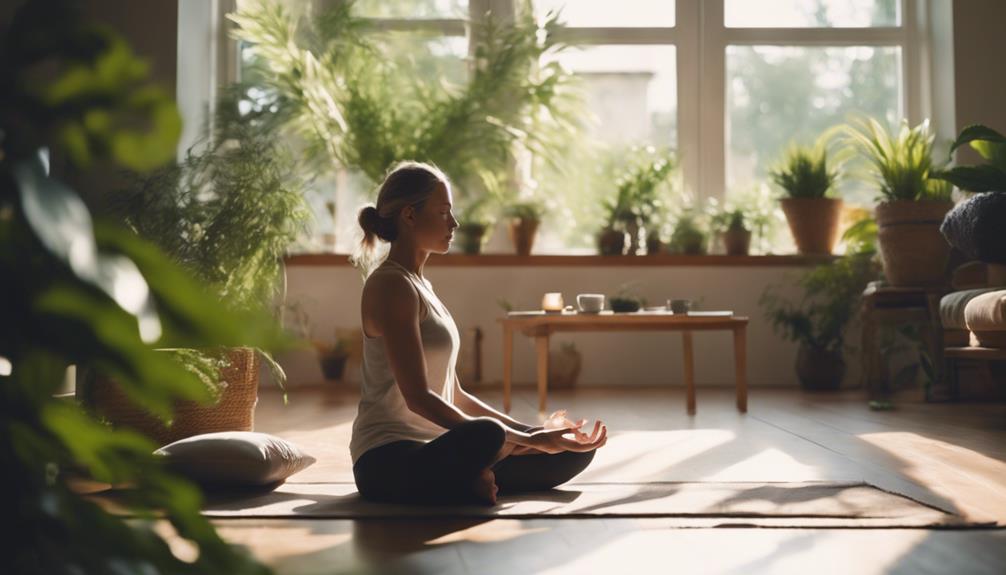Is Pilates Harder Than Yoga

When it comes to fitness, two disciplines that often come up for discussion are Pilates and yoga. Both practices offer unique benefits and attract diverse groups of enthusiasts, but many people wonder, “Is Pilates harder than yoga?” In this article, we will delve into this question, exploring the differences, challenges, and advantages of each practice to help you determine which may be more suitable for your fitness goals.
The Origins and Philosophies of Pilates and Yoga
Understanding whether Pilates is harder than yoga begins with examining their origins and underlying philosophies. Yoga, with roots in ancient India, incorporates physical postures, breath control, and meditation to promote holistic well-being. Its primary focus is on flexibility, mindfulness, and spiritual growth. In contrast, Pilates was developed in the early 20th century by Joseph Pilates, primarily as a form of physical rehabilitation. The method emphasizes core strength, alignment, and controlled movements, aiming to enhance physical performance and prevent injuries. By recognizing the foundational differences, we can better appreciate the unique challenges each practice offers.
The Physical Demands of Pilates and Yoga
When evaluating whether Pilates is harder than yoga, it’s essential to consider the physical demands of each discipline. Pilates often requires participants to engage their core muscles intensely, performing controlled movements that target specific muscle groups. This focus on strength and stability can make Pilates challenging, especially for beginners or those with limited core strength. On the other hand, yoga incorporates a wide range of postures, some of which require considerable flexibility, balance, and endurance. For individuals who struggle with flexibility, certain yoga poses may present significant challenges. Ultimately, the difficulty level can vary greatly depending on the individual’s strengths and weaknesses.
Cardiovascular vs. Strength Training: What’s the Difference?
Another crucial factor in determining if Pilates is harder than yoga lies in their approach to cardiovascular and strength training. Pilates is primarily a strength-based workout that emphasizes muscle control and endurance without necessarily raising the heart rate significantly. However, certain Pilates classes, particularly those that incorporate reformers or high-intensity interval training (HIIT) elements, can offer a more cardiovascular-focused workout. Conversely, yoga can vary widely; styles like Vinyasa and Ashtanga can provide a cardiovascular workout, while Hatha and Yin yoga may be more focused on relaxation and flexibility. The intensity of each practice can significantly influence how hard a participant feels a session is, making personal preferences essential in this comparison.
Finding Balance: The Mental Aspect of Pilates and Yoga
Beyond the physical components, the mental aspects of Pilates and yoga deserve attention when comparing their difficulty levels. Yoga places a strong emphasis on mental clarity, mindfulness, and breath control. Many practitioners find that the meditative elements of yoga can make the practice feel more challenging, especially as they work to quiet their minds and focus on their breath. Conversely, Pilates demands intense concentration and engagement of various muscle groups, which can create a significant mental challenge as well. For some, the mental focus required in Pilates may feel more strenuous than the meditative quality of yoga, while others may find the opposite to be true. Thus, the perceived difficulty can vary based on individual mental resilience and focus.
The Role of Experience and Personal Fitness Levels
When asking, “Is Pilates harder than yoga?” it is vital to consider the role of personal experience and fitness levels. Both practices cater to various skill levels, and beginners may find either discipline challenging in different ways. For someone new to fitness, Pilates may feel daunting due to its emphasis on precise movements and core strength. Likewise, a beginner in yoga might struggle with balance, flexibility, or holding poses for extended periods. Conversely, individuals with a strong background in one discipline may find the other to be less challenging. Personal fitness goals, such as building strength versus improving flexibility, will also influence how hard one feels each practice is.
Injury Prevention and Rehabilitation: Which is More Effective?
Another aspect to consider in the discussion of whether Pilates is harder than yoga is the effectiveness of each practice in injury prevention and rehabilitation. Pilates is often recommended for individuals recovering from injuries due to its focus on alignment, core strength, and controlled movements. This method can help strengthen weak areas and improve overall body mechanics. Yoga, while also beneficial for injury prevention, often emphasizes flexibility and balance, which can be critical for avoiding injuries in various physical activities. Depending on an individual’s specific needs—whether they require more strength-building or flexibility—the perceived difficulty of each practice may shift based on its effectiveness in addressing those needs.
Community and Class Environment: The Social Element
The community and class environment can greatly impact one’s experience in either Pilates or yoga, influencing the overall perception of difficulty. Pilates classes often focus on small group settings, providing personalized attention and corrections from instructors. This environment can foster a sense of camaraderie and support, which may make the practice feel more accessible. In contrast, yoga classes can vary widely in size and atmosphere. Some people thrive in the communal aspects of group yoga, finding motivation and encouragement from fellow practitioners, while others may feel intimidated in larger classes. The social dynamics of each practice can play a significant role in how challenging participants perceive their workouts to be.
Conclusion: Choosing the Right Practice for You
In conclusion, the question of whether Pilates is harder than yoga is subjective and depends on various factors, including personal fitness levels, goals, and preferences. Each practice offers unique challenges and benefits, making it essential to consider what you hope to achieve through your fitness journey. For those seeking strength and core stability, Pilates may present more challenges, while individuals looking for flexibility and mindfulness may find yoga more demanding. Ultimately, the best approach is to try both practices and determine which resonates with you personally, ensuring a fulfilling and effective fitness experience.When Yoga Express Chart PreparedWhat Is Root YogaHome Yoga